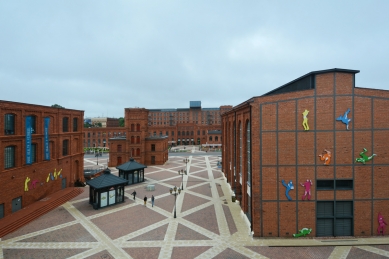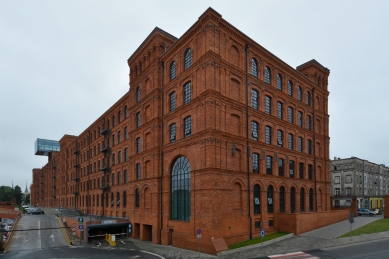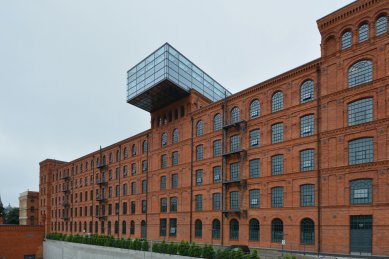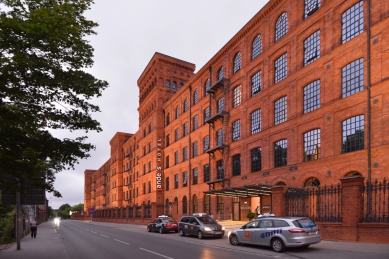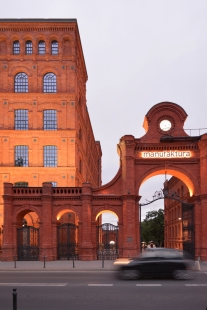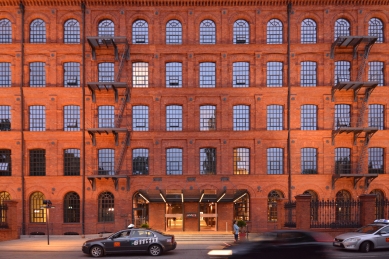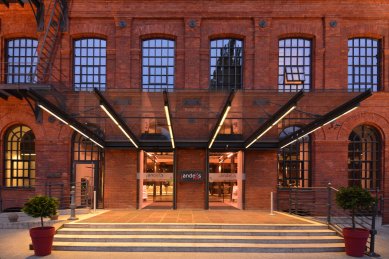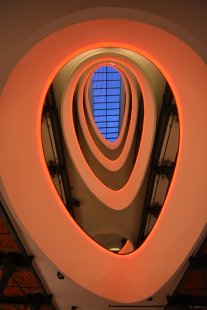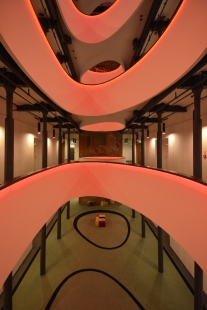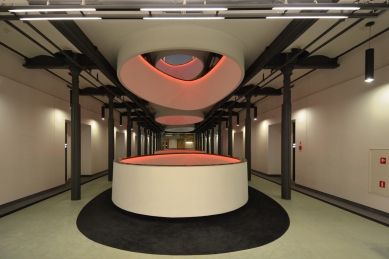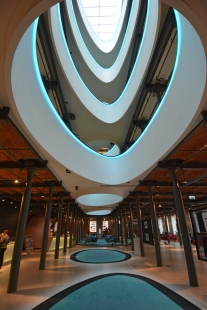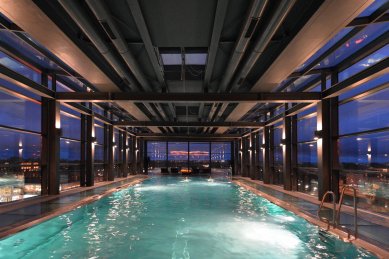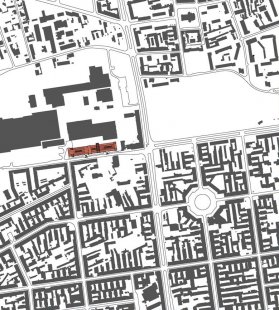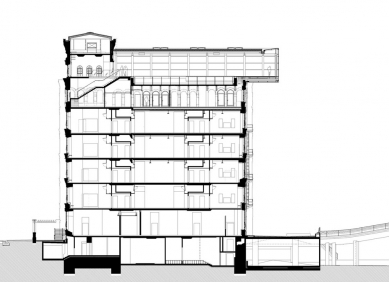
Hotel andel's Łódź

 |
Due to subsequent turns of historical events, the building was forgotten and covered by the dust of history for many years. During 2007-09 the former cotton mill was transformed into a unique 4-star hotel. Now the project is setting out a new standard for the conservation and reuse of post-industrial sites.
The look of new and dynamic object was achieved by contrasting the preserved industrial fabric of the building with strong, yet spare, contemporary interventions. The original rhythmic structure is effective in highlighting the new interventions. Each aspect is designed with respect for the history of the building and executed with enthusiasm and care.
Daylight enters through a glazed roof and is channelled via light cones defined by curved balustrades. Thus, the spaces around the atrium receive natural light, as well as the open-plan ground floor with lounge and lobby bar.
Great attention was paid to preserve as much as possible of the original elements: the internal bearing structure, cast-iron beams and pillars, steel-brick ceilings, structural walls and external façades.
An outstanding element in the silhouette of the building is the glass box overpacking the swimming pool placed in a former water storage tank. The tank was made in Manchester and placed 130 years ago in this polish factory as a part of a sophisticated fire extinguishing system. Walking in the pool becomes an experience of feeling the spaces flow one into another: the skyline of the city, the impressive redbrick scenery of the façades and an elegant new landscape of the roof.
0 comments
add comment


